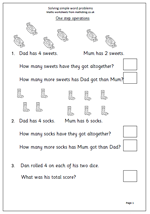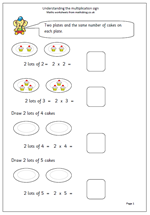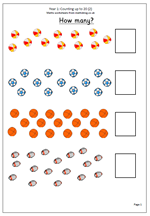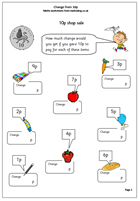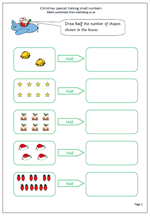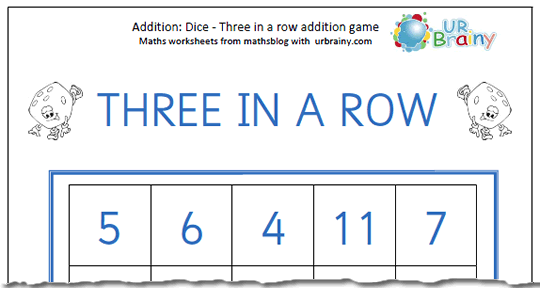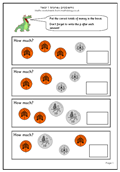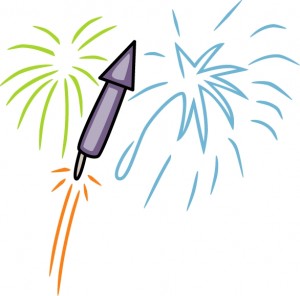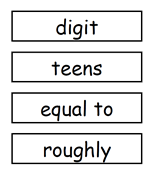 Counting is one of those activities that it is all to easy to assume that children can do. In fact there are many children in Primary Schools who are very shaky in their knowledge of numbers and counting in ones, forwards or backwards. Yet one of the targets for Year 1 is for children to count on and back in twos and threes. This page is a help towards achieving this as it looks at counting back from a 2-digit number in threes. Starting at 43 count back 1, 2, 3 and reach 40; colour the square and count back a further three and so on. When the end of the line has been reached get children to read the numbers which have been coloured, both forwards and backwards. predictions could also be made as to which number comes next.
Counting is one of those activities that it is all to easy to assume that children can do. In fact there are many children in Primary Schools who are very shaky in their knowledge of numbers and counting in ones, forwards or backwards. Yet one of the targets for Year 1 is for children to count on and back in twos and threes. This page is a help towards achieving this as it looks at counting back from a 2-digit number in threes. Starting at 43 count back 1, 2, 3 and reach 40; colour the square and count back a further three and so on. When the end of the line has been reached get children to read the numbers which have been coloured, both forwards and backwards. predictions could also be made as to which number comes next.
A blank sheet has been provided at the end of these pages so that different starting numbers can be used, or children asked to fill in the numbers themselves.
This page can be found in our Year 1 Counting category.
